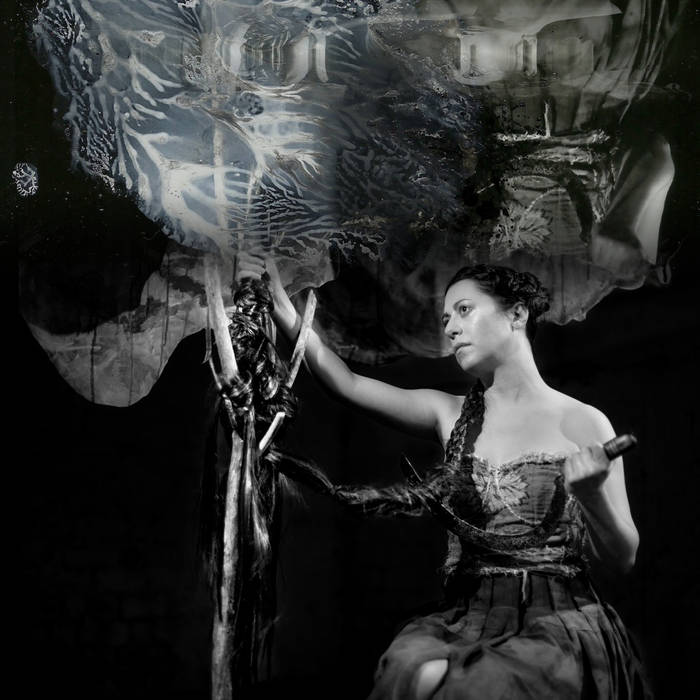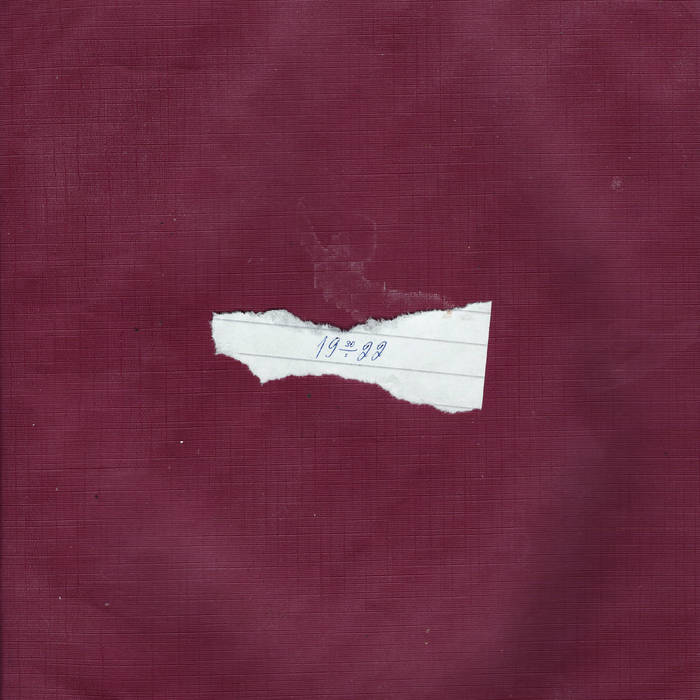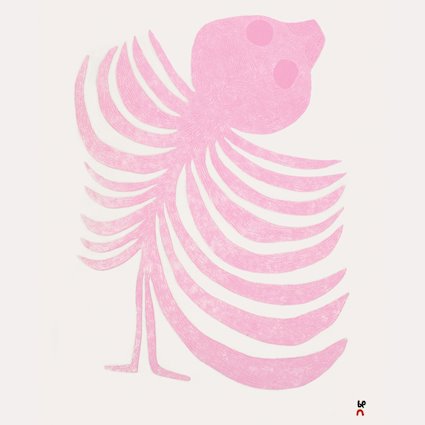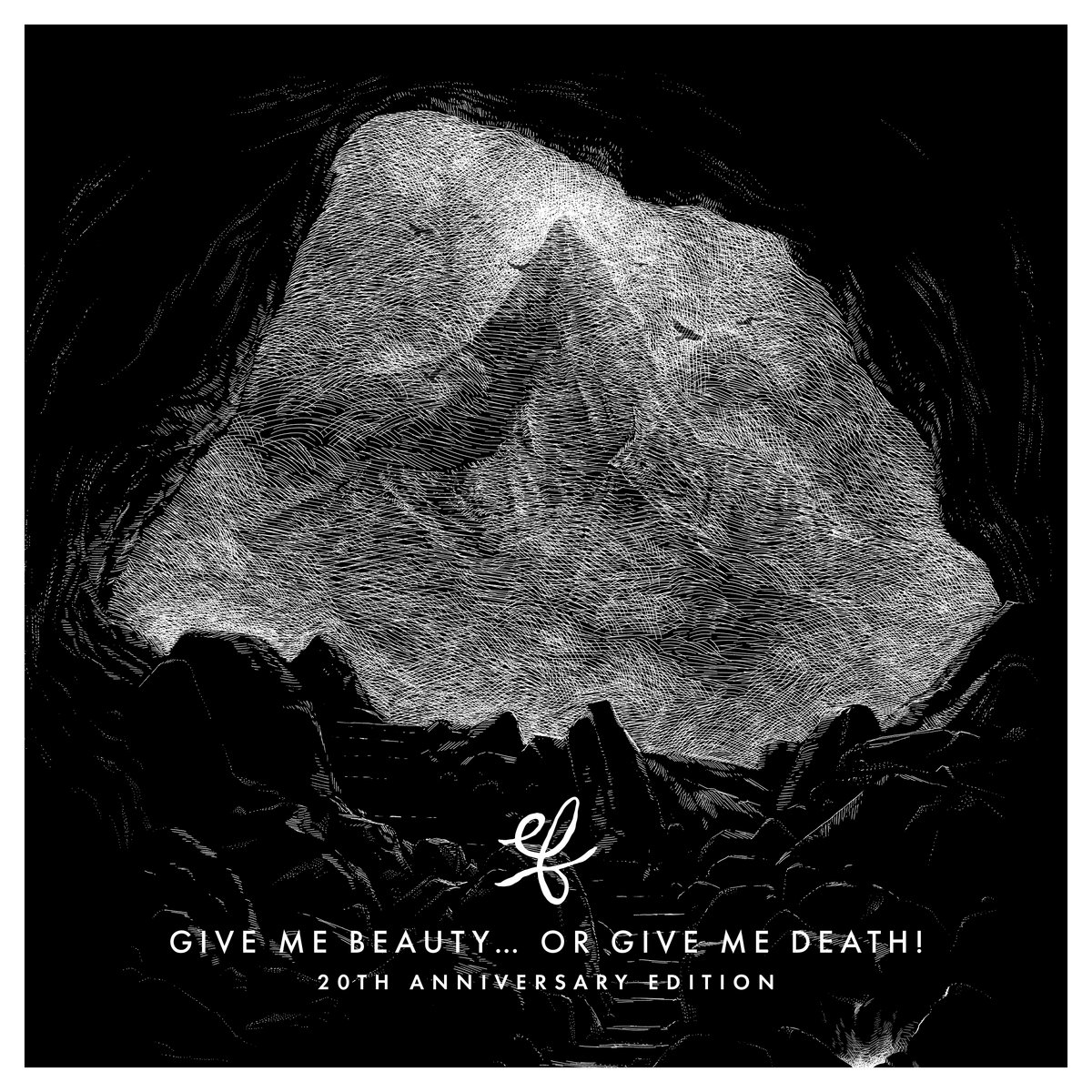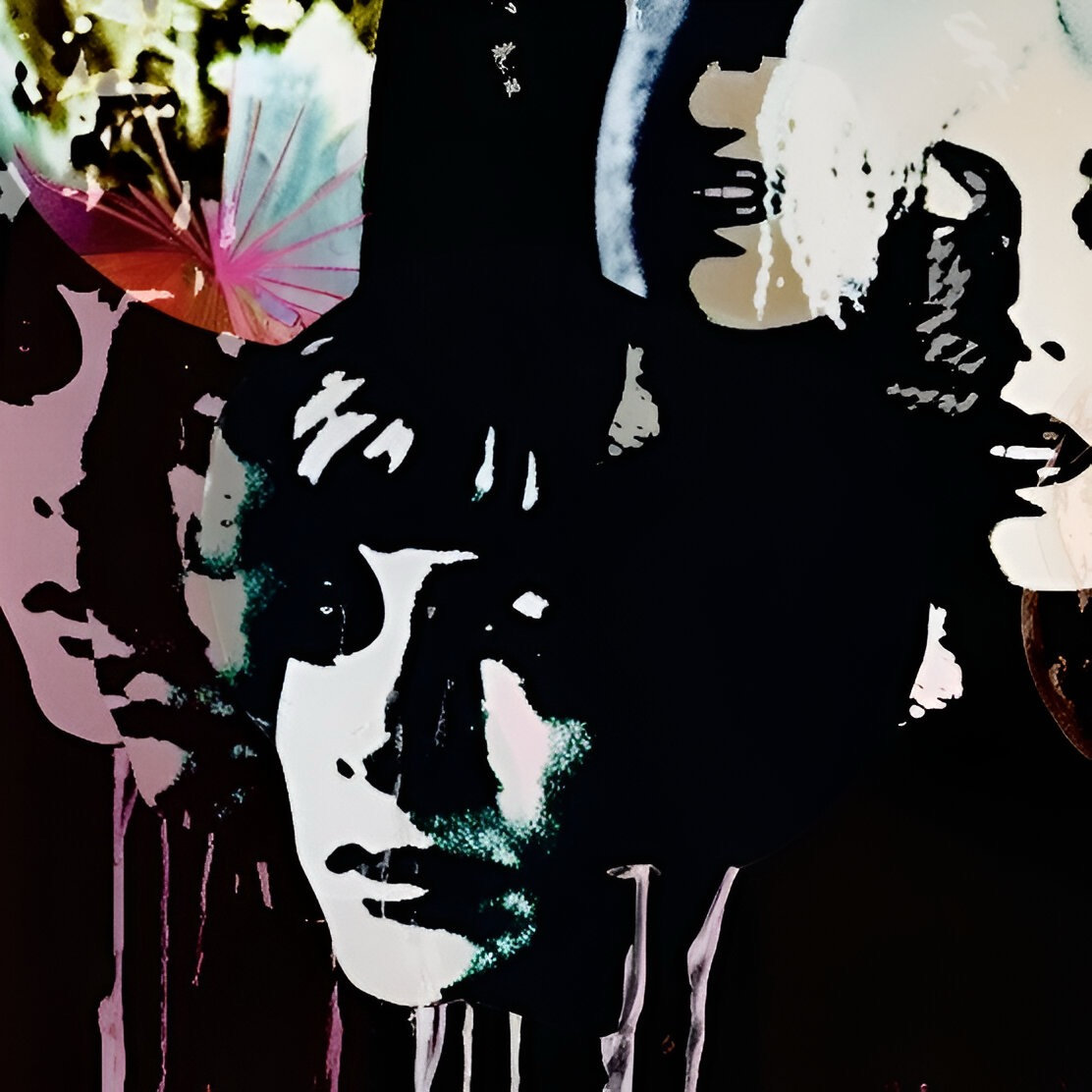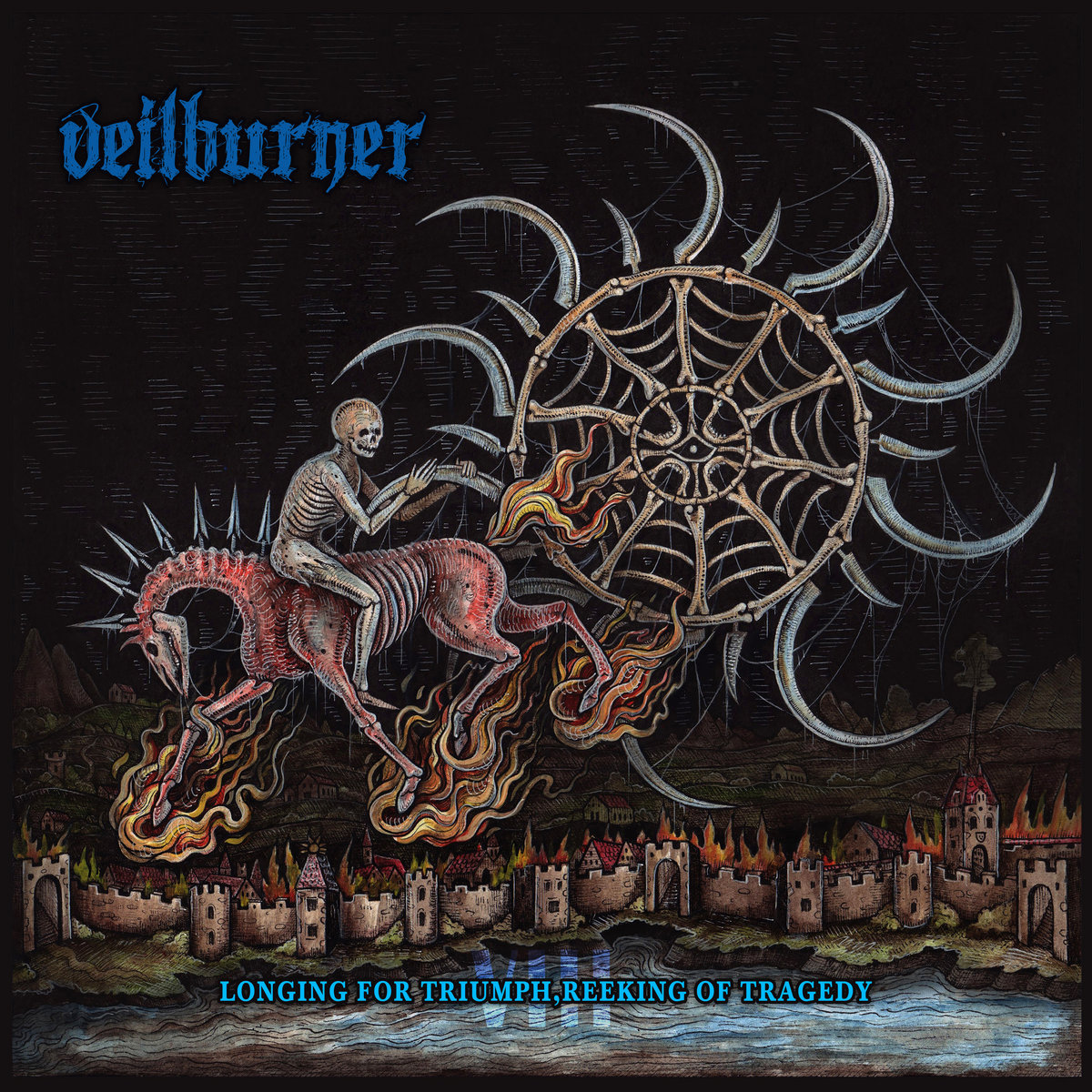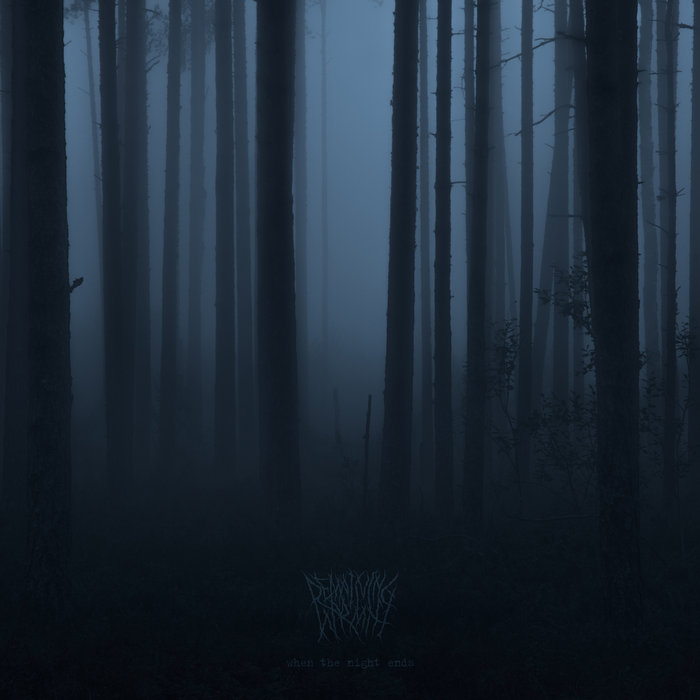Well, sometimes it is hard to find words about a record because you got so much to say about the sound, the songs, the structures. Sometimes it is even harder to stop talking about a record because the more you say, the less magic can be found by other people in it. Maud the moth’s new record The Distaff is a mix of both. In the best possible way!
Whenever I listen to the voice of Amaya López-Carromero I am able to escape this world because of its otherworldly quality. It’s so much more than just a certain color in it or a specific phrasing of words. Some part of it surely has to do with her skills as a piano player, which again has benefited her timing which combined with the sometimes shy, sometimes powerful intonation really sets her apart and catapults her into the echelons of a Tori Amos, who of course is much more successful than Amaya; but hey, maybe the world will be a fair place and this amazing constant migrant will receive the attention, awards and acknowledgments she deserves.
The Distaff is a story about female empowerment and yet is not screamed at you, but presented in a mesmerizing delicate way. Even when being loud and harsh (yes, there are such moments on this record), it is never overpowering and comes from a spot deep inside. Nevertheless, she is not venting but clearly pointing out things that need be said. When some of the tracks, like ”Burial of the Patriarchs”we hear lines like ”To pour the oil that fuels the lantern. / To illuminate a path untrodden.” being delivered with fine-chiseled accusation not screaming but giving the listener enough time to realize their weight. ”Siphonophores” is a good example for a somewhat harsher track as the hits on the cymbals are executed to perfection elongating the reverb and sometimes underlining some ideas with a theremin-like echo on the voice so that we get a sense of a ghost vocal beneath Amaya’s main melody.
Sometimes I found myself in awe at the music which is really timeless – a track like ”Despeñaperros” is a good example for her abilities on the piano: She plays the lines in a way that I would describe as a kind of trickle-down style. At points it sounds like the notes are falling like dominoes from the shelf being kicked down by its also-falling neighbor. This track also shows her songwriting prowess as it is one of the “hardest” ones she has written for this solo project to date: The track not only features the cascading piano notes but also strings, guitars, hard drums all combined to create a near-Post-Metal kind of sound, with some tribal and less guitar driven Neurosis tracks as a good comparison. ”Fiat Lux” or ”Kwisatz Haderach”, on the other hand, would also not have been out of place in Berlin in the Roaring Twenties, when strong female vocalists performed in front of energetic orchestras blurring genders and arriving at the one thing that matters: humanity. Gender-less humanity.
Thematically the record gives you so much to discover it seems impossible to outline everything, so let’s just focus on one thing: The record, in parts, is connected to the distaff, an ancient sign of femininity and the sacred female side, but also to the oldest remaining piece of literature written by a woman. Thus, we come back full circle – the record seems older than it is. Would not be out of place 100 years ago or (probably) 100 years into the future. It connects antiquity with the present, it builds bridges, it is about the human condition. It leaves me speechless and wanting for more.

